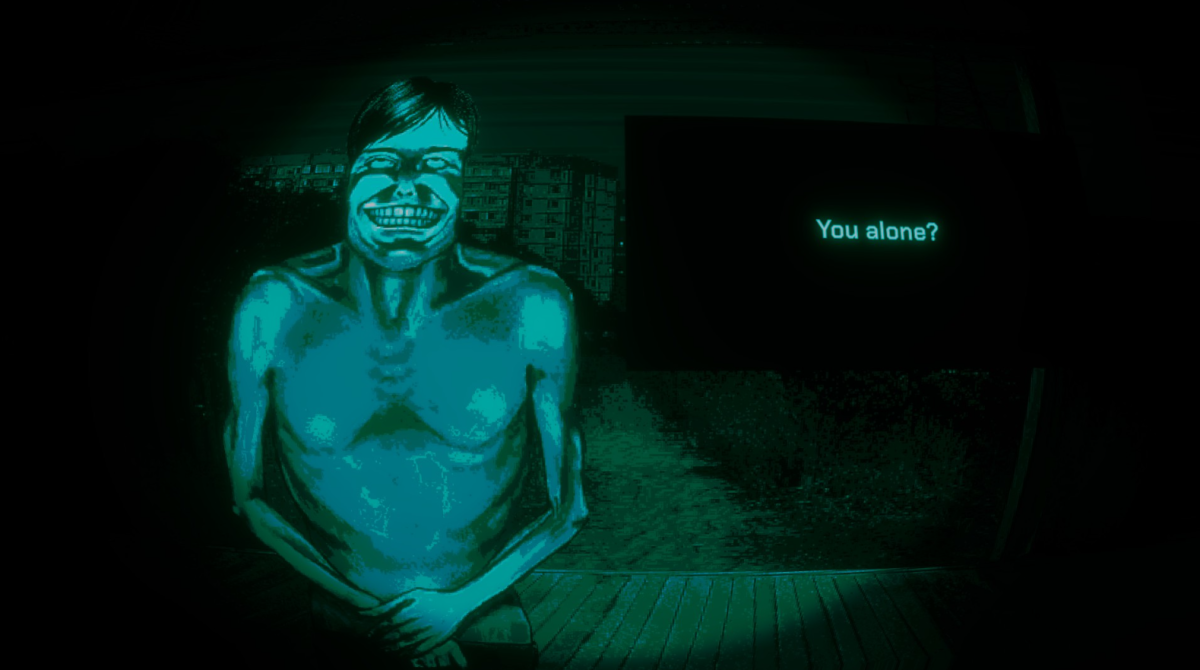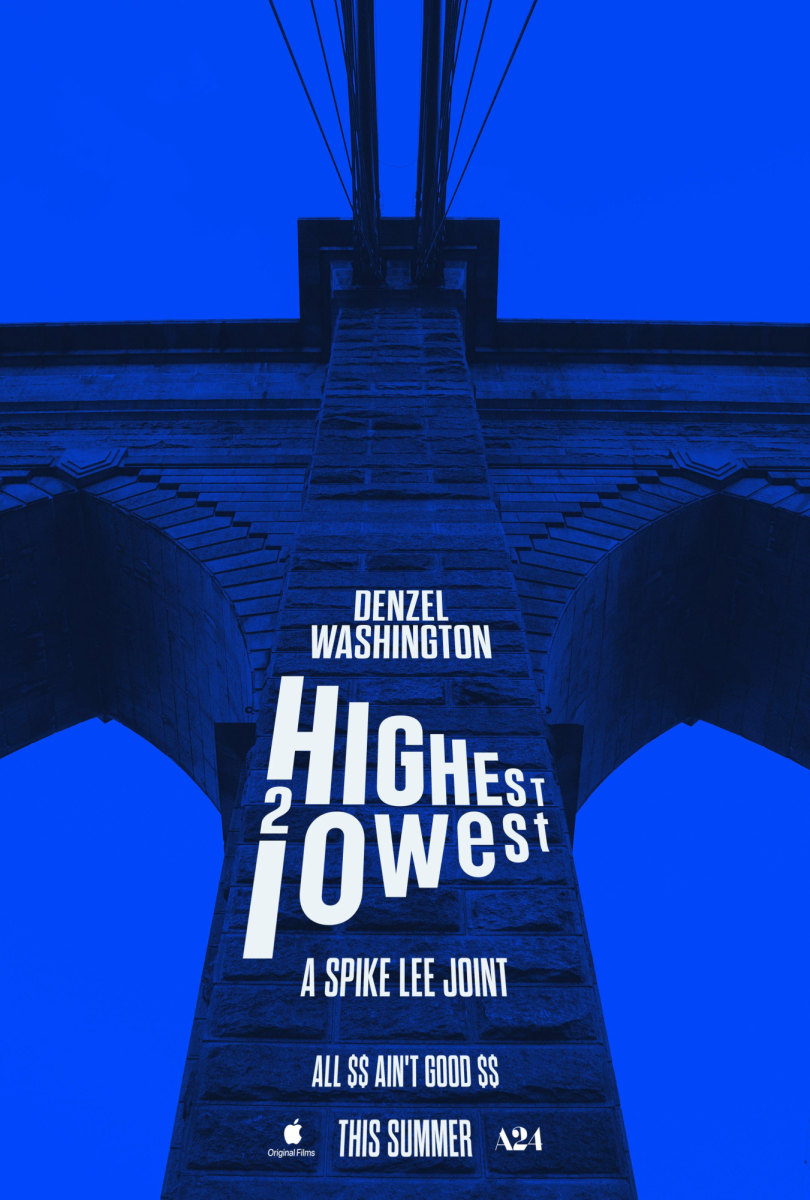“Joker: Folie à Deux” is not an ordinary comic book movie. It is a film that ignores and refuses to cater to audience expectations for a sequel. Director Todd Phillips makes daring choices that don’t always necessarily land, but still result in a solid product that’s both striking and unsettling. Admittedly, this is not a film for everyone; however, those willing to accept the departure from the “Batman” comic storyline and engage with the cynical social commentary will find an unexpected, yet thought-provoking payoff. I wanted to hate this movie, and yet somehow I couldn’t.
Released five years after the massive cultural controversy “Joker,” (2019) Phillips reimagines the message and themes of the predecessor, which unintentionally inspired toxic internet incels and “sigma males,” with an angsty twist in this sequel. Further ignoring its comic origins, this sequel pulls from classic Hollywood influences, including prison and courtroom dramas, but also boldly presents itself as a musical. A bizarre and divisive decision, but one that contributes effectively in driving the narrative.
“Joker: Folie à Deux” follows Arthur Fleck, played by Joaquin Phoenix, who is imprisoned in brutal conditions at Arkham State Hospital after his numerous killings and violent eruption on the Murray Franklin show. Things take a turn when he meets Lee Quinzel, played by the iconic Lady Gaga, and forms a toxic relationship (or dare I say, “Bad Romance”) with her. As she and the public crave his violent “Joker” persona, Fleck struggles to distinguish his true identity from his deranged one, which only unfolds into further tragedy.
Those looking for a comic book movie won’t find it here. Those looking for a “sigma male” movie aren’t going to find that either. Even fans of violent brutality will be disappointed. Whatever you’re anticipating from this film, you probably won’t get that thing. In fact, it’s quite admirable Warner Bros. poured hundreds of millions of dollars into a project that does not cater to the audience that made the first one such a success. And strangely enough, that’s what makes “Joker: Folie à Deux” such a bold, remarkable film.
Visually, the film is stunning. Having watched “Joker: Folie à Deux” in the IMAX format really amplified my experience. Not only does cinematographer Lawrence Sher compose gorgeous shots that effectively use IMAX cameras, but he and Phillips utilize the visual medium of film to help tell its story. Long takes of wide shots truly make Fleck feel small and isolated. The IMAX enhanced musical numbers, in contrast, help make him feel big and powerful. Without giving spoilers, one sequence in the film even manages to creatively capture chaos in a seemingly continuous shot, lasting a couple of minutes before cutting to the next scene.
Phillips’ depiction of the Joker was never intended to be a comic book origin story, but rather it serves as an allegory of the killers in the media that the public idolizes and glorifies. The film is deeply rooted in this bitter, cynical look at American society, and follows up on the toxic cultural outcry its predecessor induced. A sequel was never intended to exist but is certainly a necessary follow-up after the unintended damage “Joker” (2019) left on our society.
The issue with “Joker” (2019) is that it was a film that manipulated audiences to root for the brutal, violent crimes committed by its protagonist, regardless of whether or not it was intentional. Because of this, the Joker persona created in the film became a symbol to fight back against a seemingly “oppressive” society, both in the movie and in reality. As a result, the Joker persona soon evolved into an excuse for online incels and the toxic “sigma culture” to share hateful messages and ideologies on the internet.
Phillips unapologetically criticizes the incels and toxic “sigma males” that missed the point of the first movie and creates an angry, nihilistic film meant to garner bitter reactions from audiences to reflect upon themselves and the message it’s trying to make. Another divisive choice, but a ballsy one nonetheless.
I was fascinated by Phillips’ decision to make this sequel a musical. Fleck is a character rooted so deeply in music, as seen from his various dances and the jazzy licensed songs littered throughout the first movie, that it becomes the symbol of his madness in this film. The musical numbers brilliantly juxtapose Arthur from his “Joker” persona. Throughout the film, Phoenix goes from singing rough and awkwardly to carrying solid vocals, a clever decision to symbolize Arthur embracing his identity as the Joker.
And if you’re going to have Lady Gaga in your musical, you better have her sing. For non-French speakers, the “Folie à Deux” in the title translates to “madness of two,” which according to the National Library of Medicine, is “defined as an identical or similar mental disorder affecting two or more individuals.” The music in the film is what also symbolizes the madness Arthur and Lee share. More importantly, it is the tool Lee uses to manipulate Arthur into embracing this Joker persona.
Musically, the film holds its own. The musical numbers, for what they are in the context of the film, are well crafted and limited in scale. There’s a pleasing amount of variety throughout, with not only big, flashy sequences but also smaller, intimate and even tragic numbers as well. Additionally, the moody score composed by Hildur Guðnadóttir with its heavy, bassier musical underscore, helps build the cold, ugly atmosphere of the Arkham State Hospital and sets a tense, uneasy mood for the viewer.
Phoenix delivers a solid performance as Arthur. However, the real standout performance of the film is Lady Gaga. The chemistry she shares with Phoenix is remarkable. She carries an enchanting aura as Lee, this story’s equivalent (but not exact depiction) of Harley Quinn. Gaga’s performance is convincing and emotional despite being underdeveloped.
The film’s major weakness is its editing. There are many wasted minutes in the film’s nearly two-and-a-half-hour runtime. Some moments drag on for too long, which further drags its already slow pace. Some musical sequences start and end awkwardly, which can make their existence in the film feel out of place. The film at times just feels unsure whether or not to move on to the next scene.
The movie has a slow pace, which isn’t necessarily a bad thing. However, the storyline and the message could’ve been further amplified had more time been given to develop the supporting cast. It’s unclear why Lee is deeply infatuated with Fleck’s “Joker” identity, and what she plans to do with him if he were to be set free. It is also unclear why one of Fleck’s followers in Arkham, Ricky, played by Jacob Lofland, is so loyal and attached to him. Many characters in the film have unclear goals and motives and often feel they exist either to exploit or belittle Fleck.
Despite its unnecessary length, underdeveloped characters, and bleak content, I’m ashamed to admit I actually ended up liking Phillips’ demented sequel. I was determined to despise this movie, Yet it somehow managed to impress me. The pessimistic cynicism, nihilism and shockingly dark content may put off audiences from seeing the film, but beneath it all is something surprisingly bold and worth watching.
4/5










Ny • Oct 8, 2024 at 3:00 pm
Ate